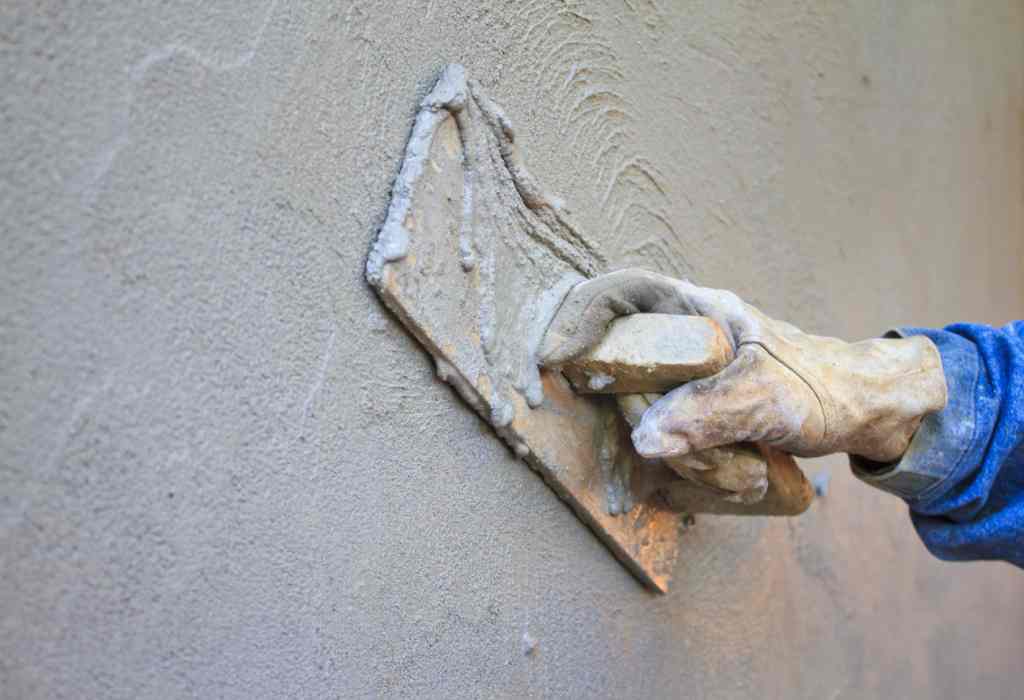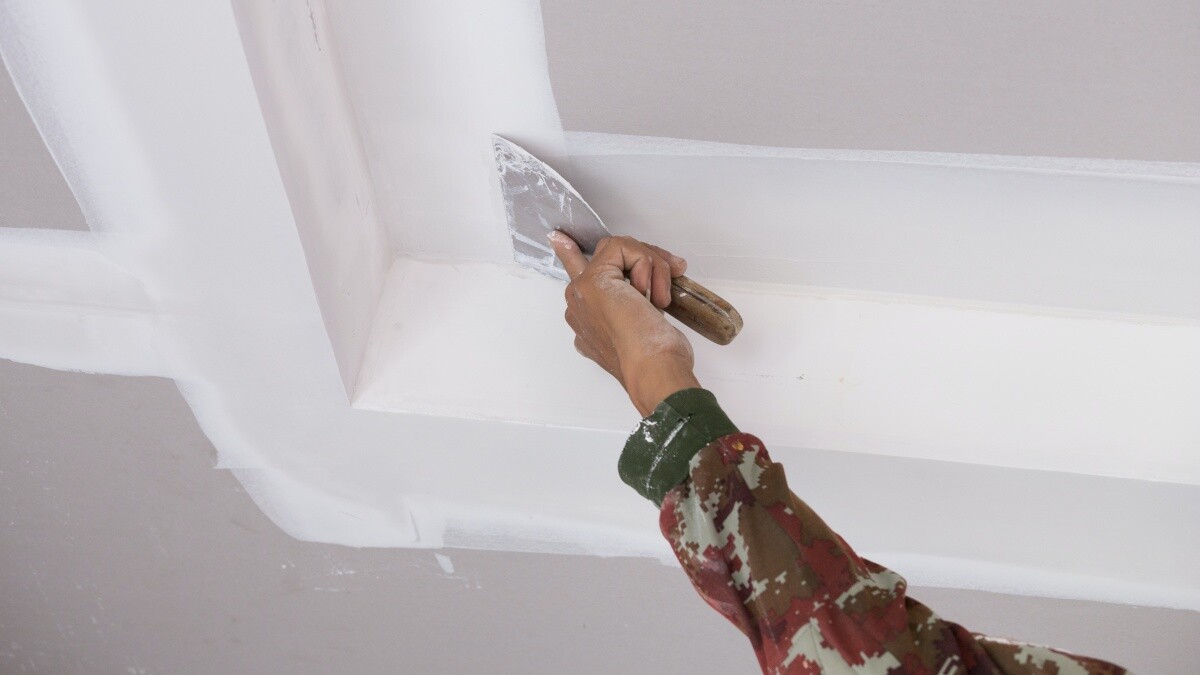Expert Tips for Perfect Plastering: Accomplish a Remarkable End Up Each Time
Expert Tips for Perfect Plastering: Accomplish a Remarkable End Up Each Time
Blog Article
Comprehending the Necessary Methods of Gluing for Home Enhancement Projects
In the realm of home renovation, grasping the important methods of smudging can dramatically boost both the capability and aesthetic charm of a room. The smudging procedure includes critical stages, from careful surface preparation to the exact application of materials.
Kinds of Plastering Techniques
Although numerous gluing methods exist, each offers an unique purpose and uses distinctive visual qualities. One of the most typical methods is standard lime plastering, which is understood for its breathability and versatility. This technique is especially valuable for older structures, allowing moisture to leave while keeping structural stability.
An additional extensively utilized method is plaster plastering, which entails the application of a quick-setting compound. It provides a smooth coating and is ideal for indoor walls and ceilings, making it a popular selection in modern construction. For a more distinctive appearance, trowel-on plastering methods such as stucco and Venetian plaster are typically utilized. Stucco, frequently utilized in exteriors, offers sturdiness and weather resistance, while Venetian plaster is renowned for its glamorous, refined surface.
In addition, there are extra specialized techniques, such as skimming, which is a procedure that includes using a thin layer of plaster over existing surfaces to produce a smooth surface. Each of these techniques can considerably affect the general aesthetic and capability of a space, making it necessary to select the appropriate method based on the specific requirements of a project.

Tools and Materials Needed

The hawk offers as a platform to hold the plaster, while the trowels, readily available in various sizes, are essential for application and smoothing. A float, commonly made of rubber or sponge, is utilized to achieve an uniform coating.

Investing in top quality devices and products ultimately adds to a much more effective smudging job, yielding a sturdy and visually pleasing surface. Appropriately geared up, you lay the groundwork for reliable gluing and home renovation.
Step-by-Step Plastering Refine
With the right tools and products in hand, the next stage involves implementing the plastering procedure with precision. Begin by preparing the surface area to make certain optimal bond. Get rid of any type of loosened debris, dust, or old plaster, and use a bonding agent if essential.
Once the surface area is prepped, mix the plaster according to the maker's instructions, accomplishing a smooth, lump-free consistency. Utilizing a trowel, use the first layer, known as the scrape coat, to a thickness of regarding 5-10 mm. Make certain uniform protection, and make use of a comb or scratcher to create grooves for much better attachment of subsequent layers.
After enabling the scratch layer to establish partly, use the 2nd layer, or the brownish layer, smoothing it out for an also finish. Apply the finishing coat, which must be thinner and smoother.
As soon as the plaster has dried thoroughly, it can be sanded lightly to eliminate blemishes. Adhere to up with a primer before painting for a sleek final appearance.
Typical Blunders to Avoid
Failing to recognize usual blunders can significantly impact the quality of your plastering project. Overlooking to repair any underlying issues, such as dampness or structural damage, can endanger the plaster's honesty.

Timing is also important; numerous inexperienced plasterers hurry the application. Enabling the initial layer to completely dry totally before using succeeding layers is vital to avoid excessive fracturing and contraction.
Additionally, not using the right devices can prevent the completing procedure. Utilizing trowels that are small or also big can affect your control and the level of smoothness of the surface - Plastering. Last but not least, overlooking environmental problems, such as temperature and moisture, can result in uneven drying and disappointing results. By bearing in mind these common challenges, you can improve the effectiveness and long life of your plastering work.
Tips for Finishing Touches
Attaining a perfect coating in plastering calls for attention to information and a few tactical methods. When the initial application has actually dried, start the ending up process by making use of a moist sponge or trowel to ravel any kind of click to read blemishes. This action not just improves the surface area however additionally helps to eliminate any type of excess plaster that might have dried unevenly.
Next, take into consideration making use of a fine-grit sanding block or pole sander for a much more sleek appearance. Sanding ought to be done carefully to stay clear of harming the underlying layer - Plastering. Always wear a mask to safeguard versus dirt breathing
After fining sand, resource inspect the surface under different illumination problems to identify any type of missed out on spots or incongruities. Use a thin layer of completing plaster if essential, feathering out the edges to mix flawlessly with the surrounding area.
Final Thought
In conclusion, mastering essential plastering techniques significantly boosts the high quality of home improvement projects. Understanding the different types of gluing methods, making use of suitable devices and materials, and adhering to a systematic application procedure contribute to attaining a durable and smooth coating.
In the realm of home enhancement, mastering the crucial methods of smudging can considerably improve both the capability and aesthetic charm of a room.Although various plastering methods exist, each offers a distinct function and supplies distinct aesthetic top qualities. Plastering. For an extra textured appearance, trowel-on plastering methods such as stucco and Venetian plaster are often utilized. Stucco, generally used in exteriors, gives resilience and climate resistance, while Venetian plaster is renowned for its elegant, refined surface
Generally used plaster kinds include gypsum plaster, lime plaster, and cement-based plaster, each offering various objectives and environments.
Report this page